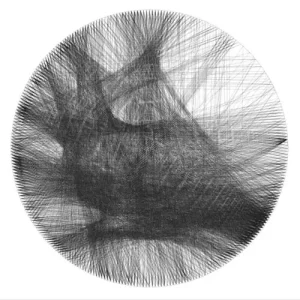
String Art Generator
String Art Generator by Yiran is a grasshopper plugin which generates a string art sequence based on an input image. You can
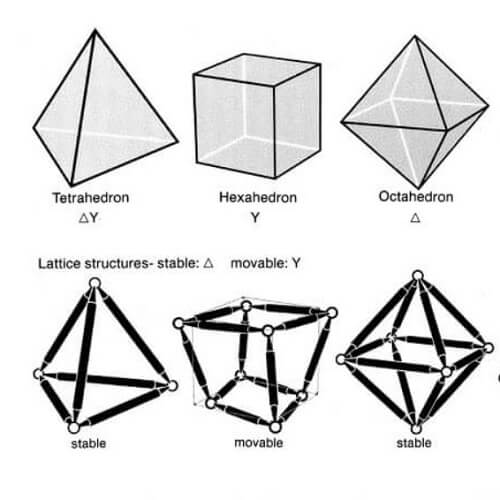
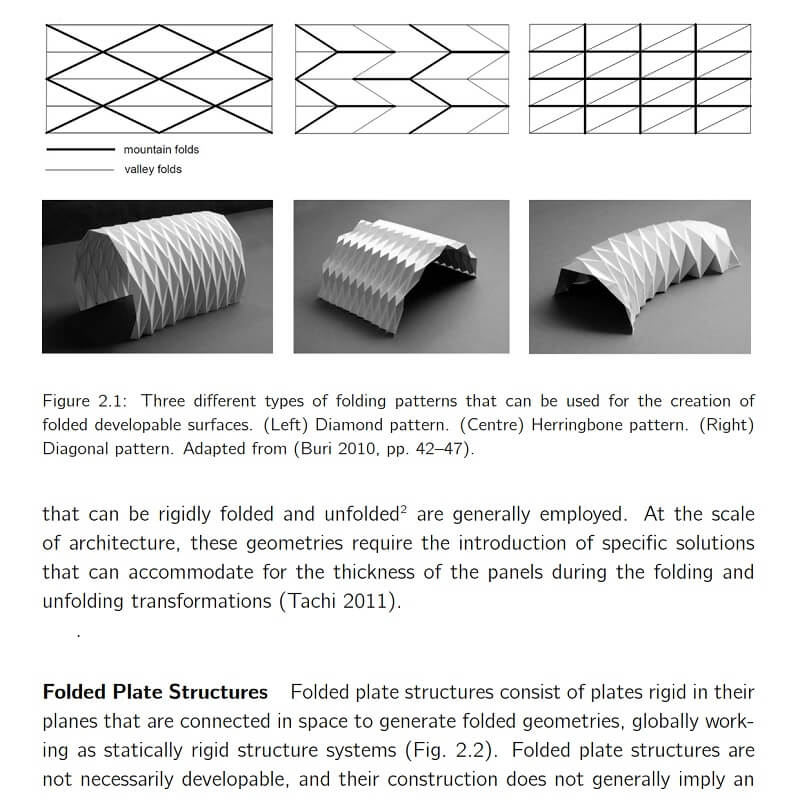
From an architectural standpoint, folding as a design operation enables the creation of forms that can deal with different requirements in terms of both space and programme. Moreover, from an engineering perspective, folding is an effective strategy to generate efficient structures that withstand the applied loads through their form.
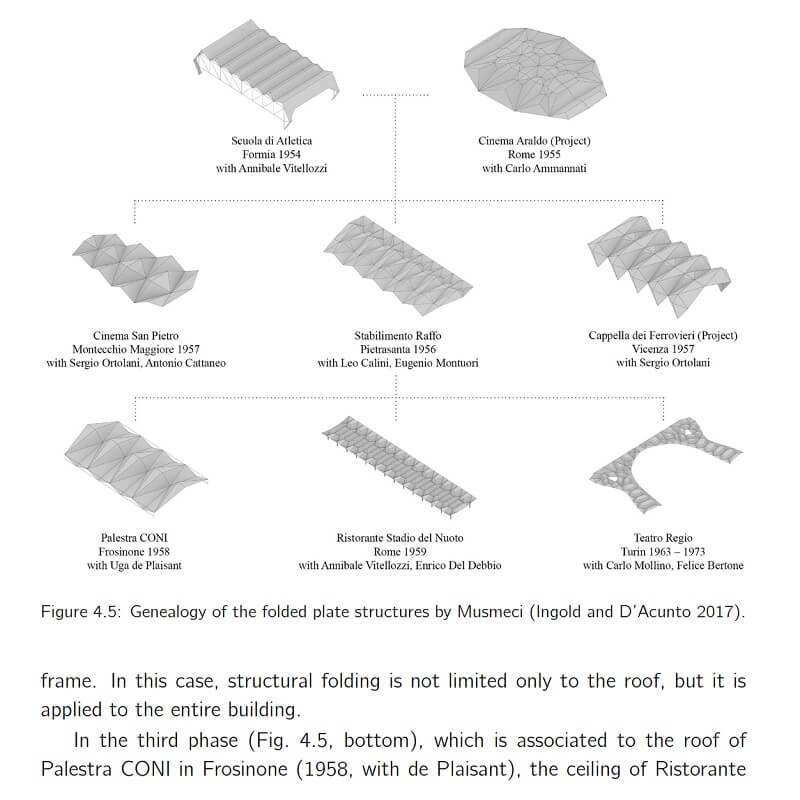 Although these two aspects have been explored extensively as independent research questions, so far, only a few attempts have been made to define design methods that can take into account both spatial and structural opportunities of folding at the same time.
Although these two aspects have been explored extensively as independent research questions, so far, only a few attempts have been made to define design methods that can take into account both spatial and structural opportunities of folding at the same time.
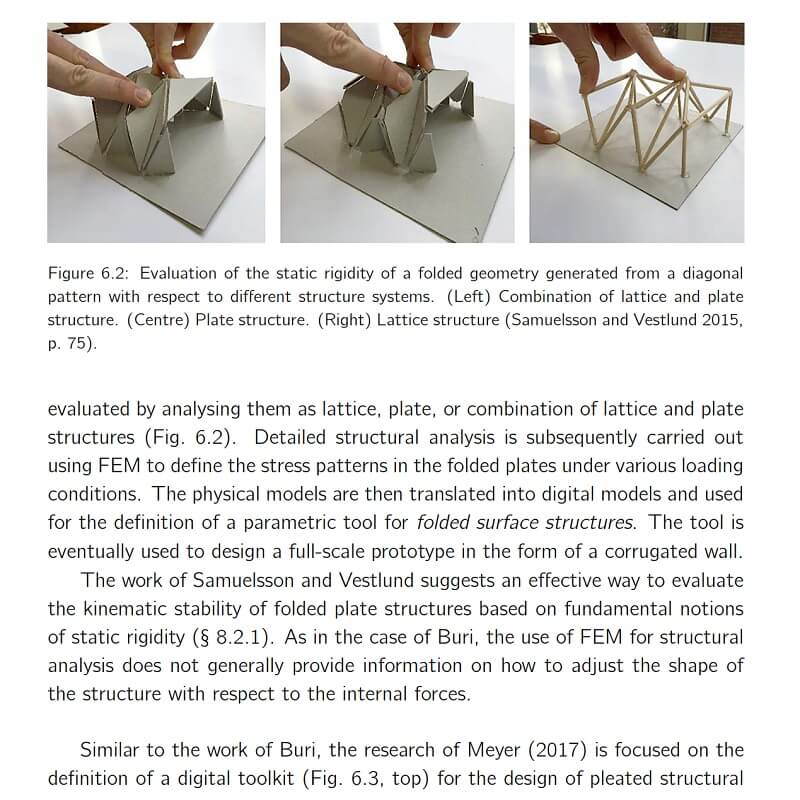
This research by Pierluigi D’Acunto presents a new approach to the design of folded plate structures in architecture. A design method that takes advantage of the interaction between the spatial and structural features of folding is proposed, which aims at merging architecture and engineering based on a holistic approach to design.
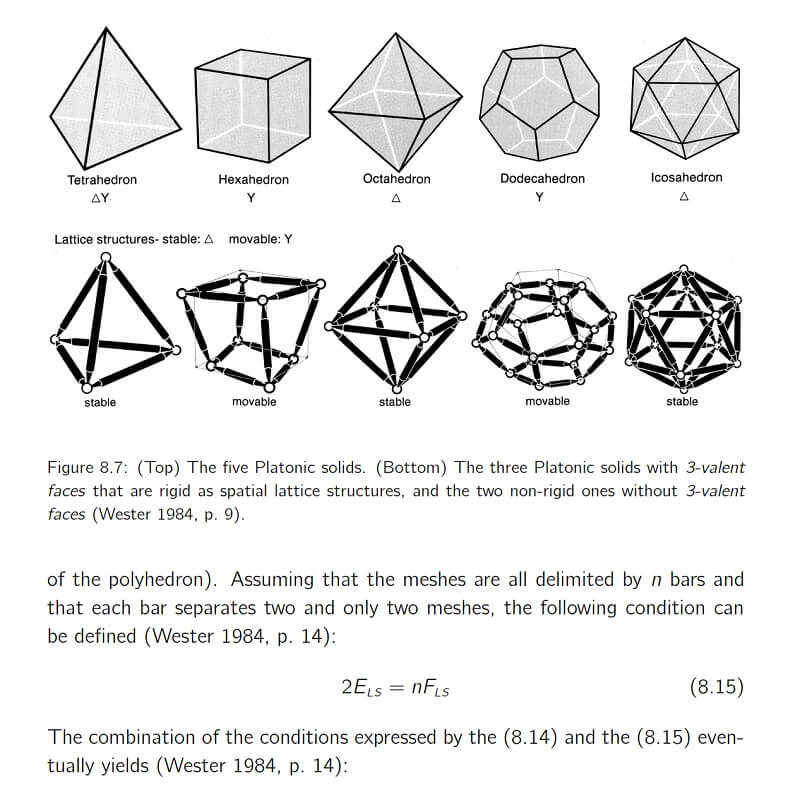
The proposed method is intended to assist the creation of folded plate structures since the initial phase of the design development and can be used by both architects and engineers. The method builds on a process that relies on the implementation of geometric operations in three dimensions. In particular, a statically rigid folded plate structure is defined within a kinematically stable reference grid.
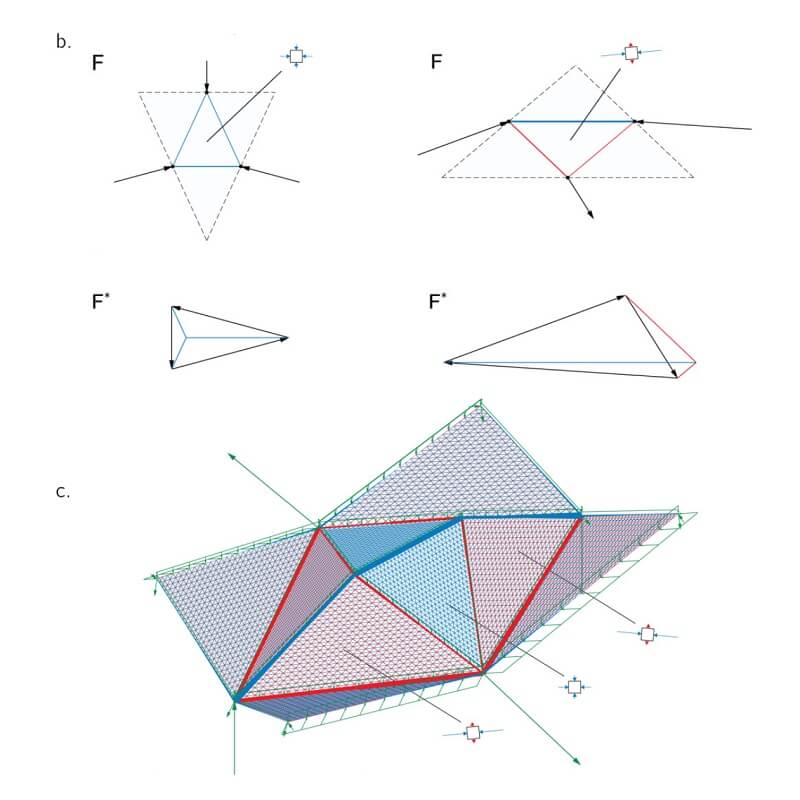
While generating the structure, an architectural space is produced at the same time. Without compromising the topological properties of the folded plate structure, its form and the distribution of its internal forces can be adjusted by the designer to meet specific architectural and structural requirements. This goal is achieved by controlling the position of the nodes of the reference grid while abiding by a series of designer-defined geometric constraints.
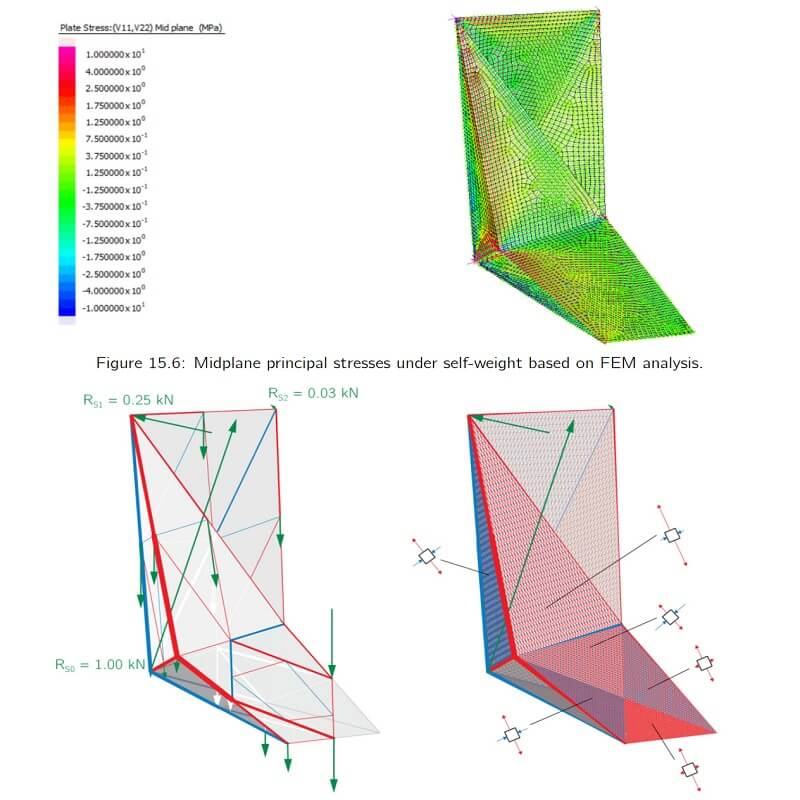
Grounded on 3D graphic statics and the theory of plasticity, a specific strut-and-tie model for folded plate structures is introduced as the structural basis for the design method. In this model, the internal forces are transferred via linear members both along the folded edges and within the folded plates.
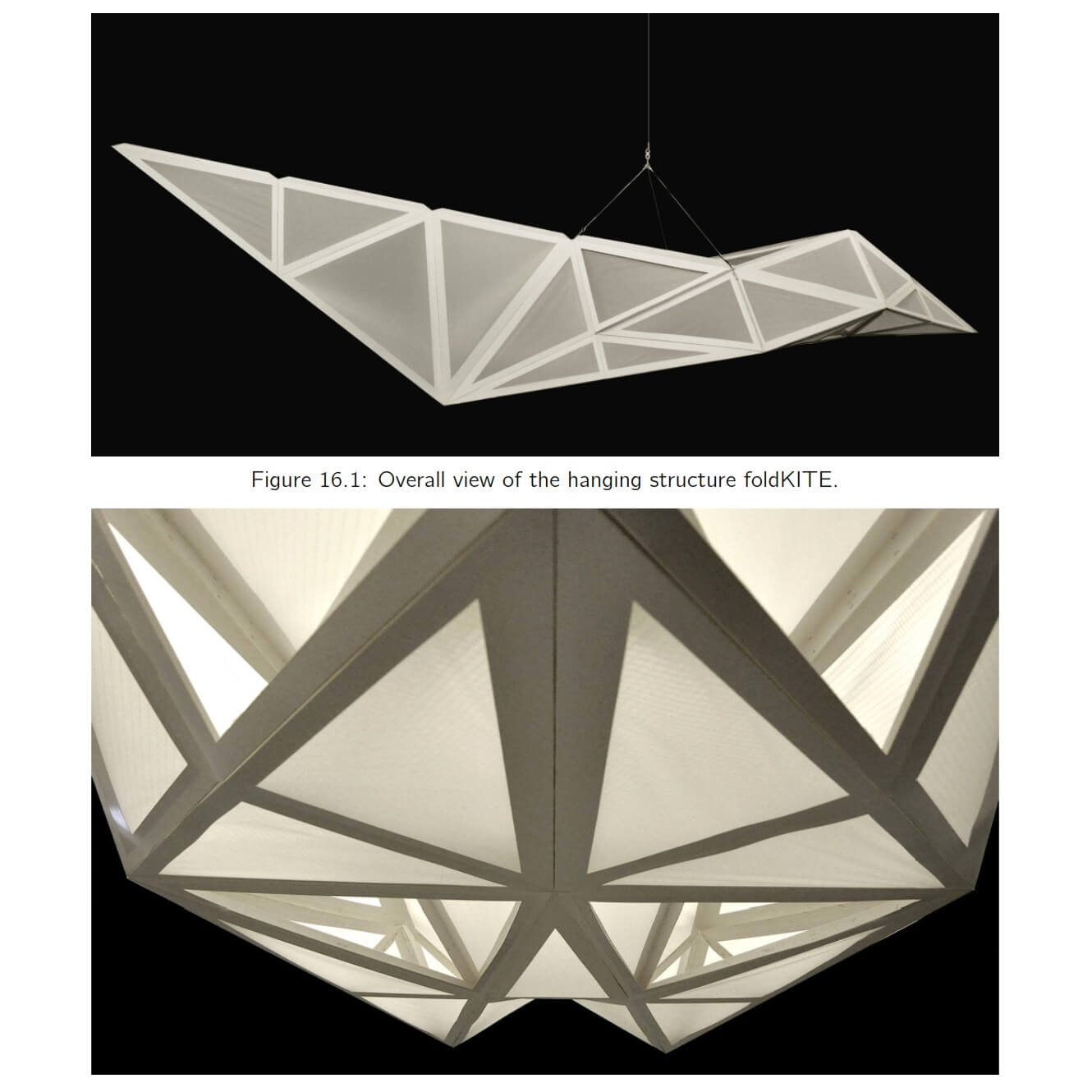
Based on the strut-and-tie model, in-plane stress fields in the folded plates can be derived. The applicability of the proposed approach is facilitated by the implementation of the design method into a parametric digital toolkit, which can be employed to create folded plate structures at various scales. The potential of the method in real design scenarios is demonstrated through a series of experimental designs as case studies, including full-scale prototypes.
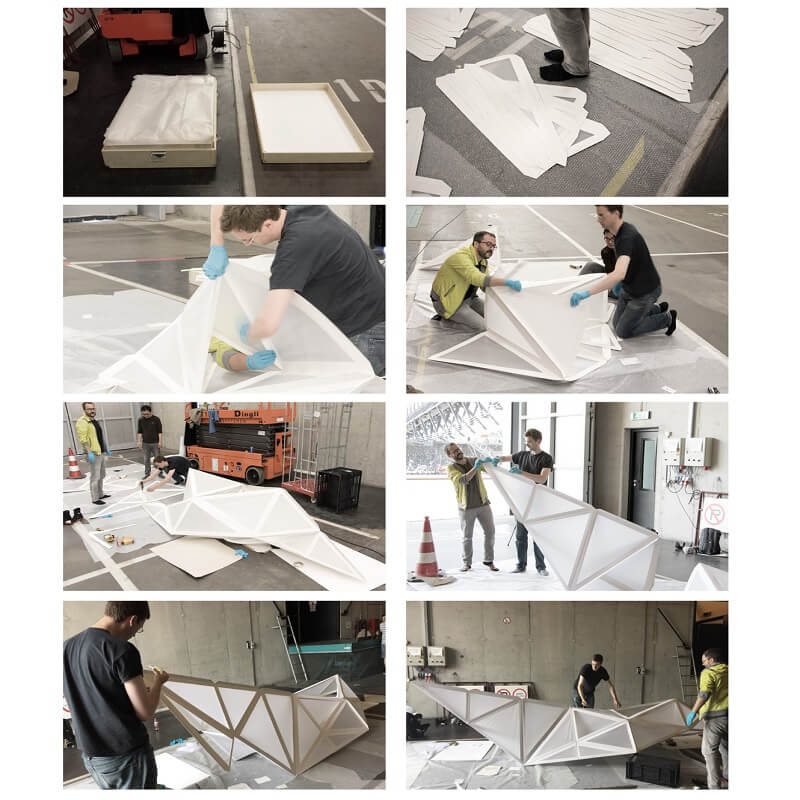
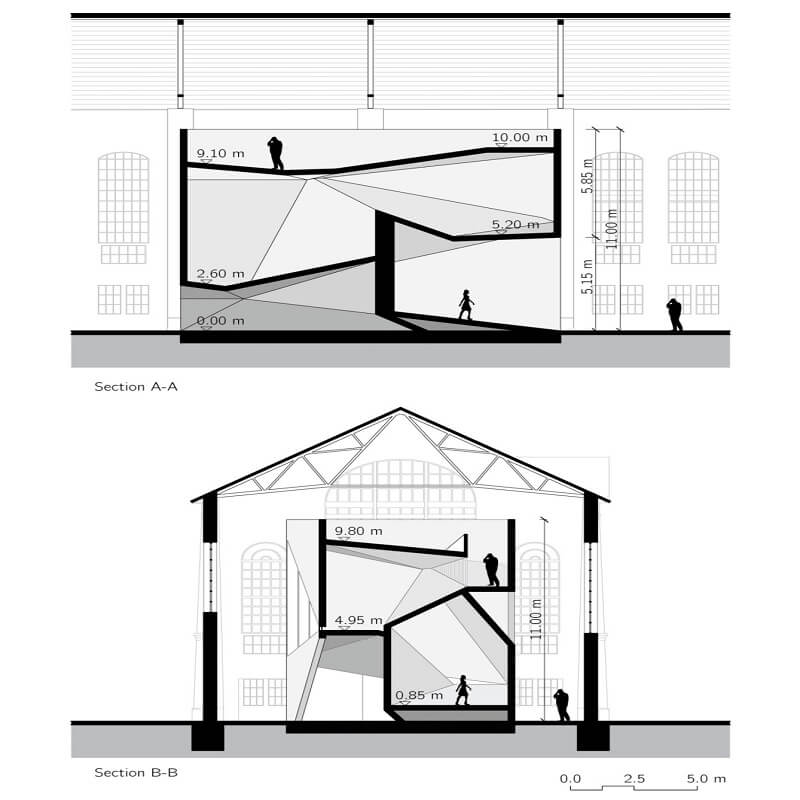
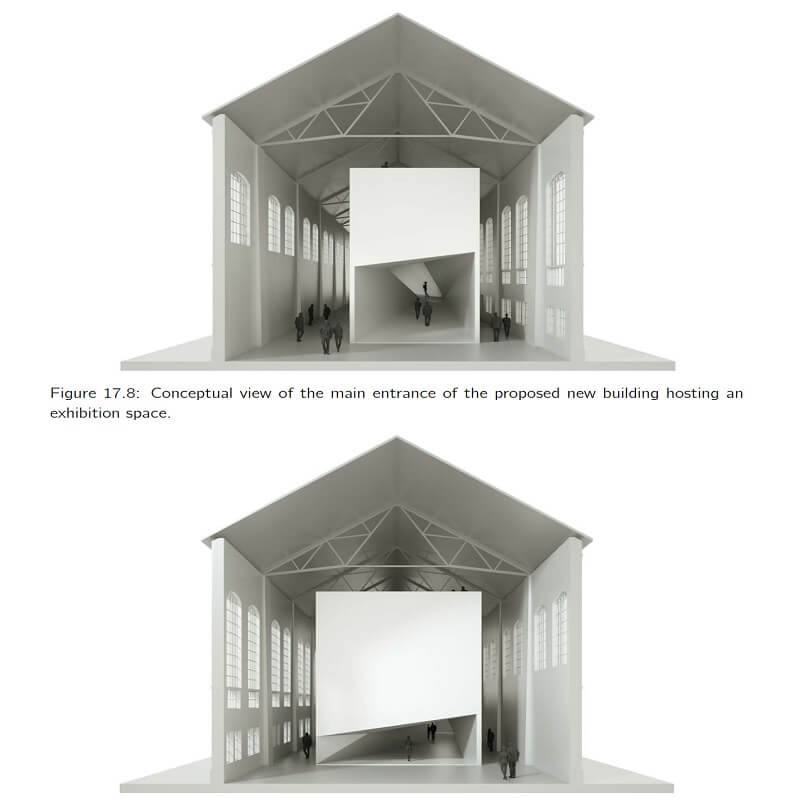
Credits for pictures used in this thesis: Wester 1984, Buri 2010, Samuelsson and Vestlund 2015, Ingold and D’Acunto of 2017

String Art Generator by Yiran is a grasshopper plugin which generates a string art sequence based on an input image. You can

This paper by Alessandro Liuti, Sofia Colabella, and Alberto Pugnale, presents the construction of Airshell, a small timber gridshell prototype erected by employing a pneumatic formwork.

In this paper by Gregory Charles Quinn, Chris J K Williams, and Christoph Gengnagel, a detailed comparison is carried out between established as well as novel erection methods for strained grid shells by means of FE simulations and a 3D-scanned scaled physical model in order to evaluate key performance criteria such as bending stresses during erection and the distance between shell nodes and their spatial target geometry.

In this paper by Frederic Tayeb, Olivier Baverel, Jean-François Caron, Lionel du Peloux, ductility aspects of a light-weight composite gridshell are developed.
Parametric Ideas for Architects @2025
This tutorial or example file is exclusive to Paracourse Members.
Paracourse is an extensive library of video tutorials and example files, designed to guide you through your parametric design journey. With over 1,500 open example files & 600 Video Tutorials, you can freely edit and adapt them for your projects—no credit required.

Learn parametric design from scratch with over 100 hours of step-by-step tutorials, covering beginner to intermediate levels. Master components and their use in the design process.

Explore our open-to-edit .gh files to see how each subject is designed parametrically using Grasshopper3D. Freely adapt them for your projects—no credit required.
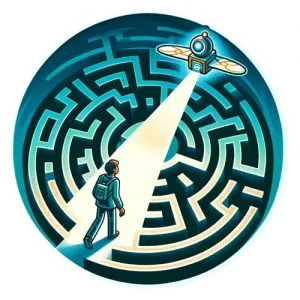
Delve into complete algorithms with our advanced tutorials. Learn the logic behind each step, understand how the parts work together, and see how to apply them effectively in your designs.
Grasshopper empowers architects and designers to create sophisticated, customizable designs with ease.
Architects, industrial designers, artists, and anyone passionate about parametric design will find value in this course.
With diverse tutorials and open example files, you’ll have everything you need to tackle any design challenge.
Mastering Grasshopper with Paracourse can significantly enhance your career prospects.